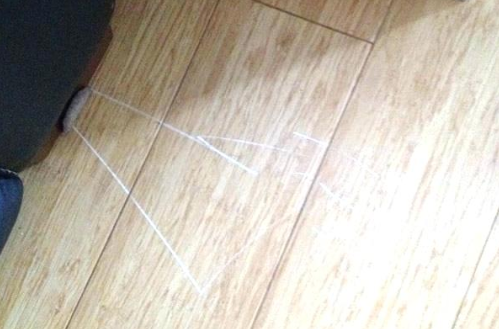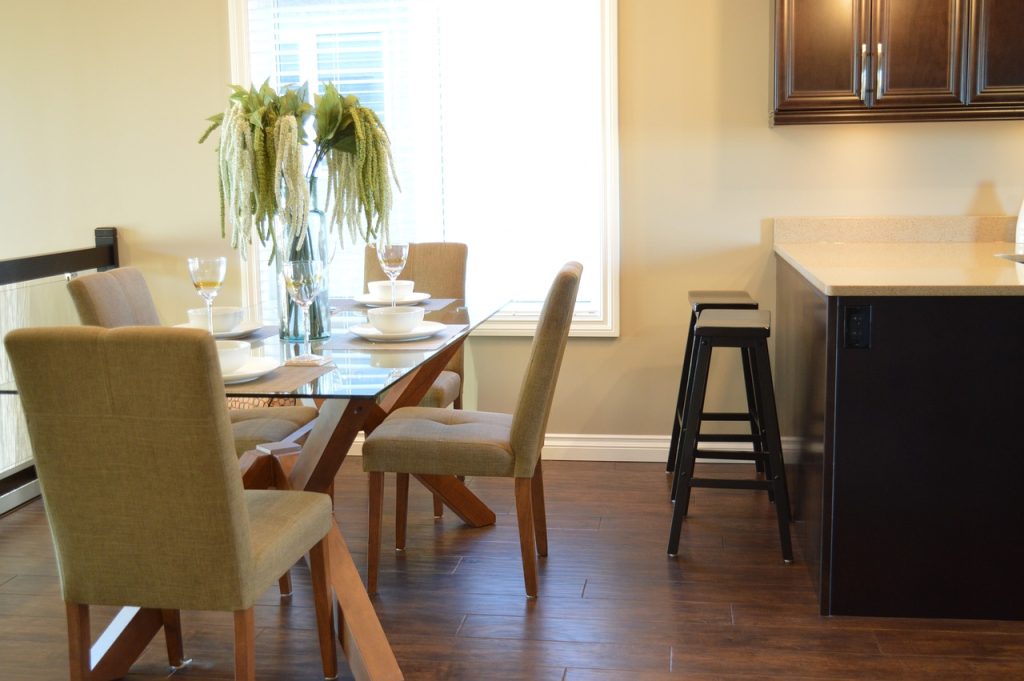

Furniture legs scratching floors is a common household problem, often causing unsightly damage to beautiful hardwood or laminate surfaces. This guide will delve into effective strategies to prevent furniture legs from scratching floors and keep your home looking its best. We’ll explore the causes of this damage, examine preventative measures, and provide practical solutions. Furthermore, we’ll explain how to choose the right furniture leg protectors to maximize your protection against damage. This guide will also provide a comprehensive overview of preventative measures to minimize the risk and keep your flooring looking pristine.
Understanding the Causes of Floor Scratches
Identifying the Culprits
Furniture legs, particularly those lacking proper protection, can cause significant damage to floors over time. Hardwood floors, known for their beauty and durability, are particularly susceptible to scratches from sharp or inadequately cushioned furniture legs. The problem isn’t unique to expensive furniture; even inexpensive pieces can cause damage if not given the proper care. One of the main causes is simply friction – furniture sliding across the floor without adequate protection. This constant rubbing can gradually wear away at the protective finish, leading to visible scratches over time. Another contributing factor is the weight of the furniture itself. Heavier furniture may put more pressure on the floor surface, exacerbating the potential for damage. Furthermore, the type of flooring plays a critical role. Hardwood floors, especially those with a polished finish, are more prone to scratches than carpets or other flooring types. Finally, improper maintenance practices, including not using floor protectors, contribute substantially to the issue. A lack of preventive measures leads to unnecessary damage and potential repair costs. It is crucial to understand these factors to develop effective strategies for prevention and remediation.
Preventative Measures for Furniture Leg Protection
Choosing the Right Furniture Leg Protectors
Selecting the right furniture leg protectors is paramount in preventing scratches and damage. A variety of options are available, ranging from simple felt pads to more elaborate glides. Felt pads are a budget-friendly option, providing minimal protection. However, for more serious scratch prevention, consider using furniture glides made of hard plastic or rubber. These offer better protection against the damaging effects of friction and pressure. Consider the weight of the furniture when making your selection. Heavier furniture requires more substantial protection. Additionally, investigate the type of floor surface. Hardwood floors often benefit from rubber or plastic glides, while laminate floors may be better protected by felt or silicone pads. Rubber and plastic glides are robust and durable options, ideal for use with heavy furniture. Silicone-based pads provide effective scratch protection for a variety of furniture styles and floor types. Furthermore, research the specific characteristics of various furniture leg protectors to ensure optimal protection for your specific furniture and floor type.
Related Post : Finish Fading on Wood Surfaces? Solutions to Bring Back the Shine
Implementing Preventive Strategies
The Power of Consistent Maintenance
Proactive maintenance plays a crucial role in extending the lifespan of your furniture and preserving the integrity of your flooring. A crucial step involves routinely checking furniture leg protectors for wear and tear. Regularly replacing worn or damaged protectors can prevent the accumulation of scratches and prevent further damage. Furthermore, assess the type of flooring in your home. Different floor types require distinct levels of protection. Proper assessment will allow you to select the best protection options. Consider using floor protection mats or runners in high-traffic areas to minimize the friction between furniture and flooring. Maintaining consistent cleaning practices, including regular sweeping or vacuuming, can help keep particles and debris from accumulating beneath furniture legs, preventing abrasive wear and tear.
Addressing Existing Damage
Repairing or Replacing Damaged Furniture
While preventive measures are ideal, sometimes damage has already occurred. Identifying and addressing the damage is crucial to minimizing long-term impact. Assessing the nature and extent of the damage will dictate the necessary course of action. If the scratch is minor, consider using furniture touch-up markers or specialized floor repair kits to camouflage the damage. For more extensive damage, consulting a professional wood floor repair service is highly recommended. These experts can assess the damage accurately and provide personalized solutions.
Choosing the Right Furniture
Importance of Material Selection
The materials used to construct furniture can significantly influence its impact on your floors. Choosing furniture with sturdy and adequately cushioned legs will effectively reduce the likelihood of floor scratches. Consider furniture with legs that are appropriately sized to prevent concentrated pressure points. Furniture with legs made of smooth, non-abrasive materials, like polished wood, will likely cause less damage than furniture with rougher or more abrasive components. Also, investigate the use of material or coating on furniture legs that provides an extra layer of protection.
In conclusion, protecting your floors from furniture leg scratches requires a proactive approach. By understanding the causes of damage and employing a range of preventative measures, homeowners can safeguard their investment. Consider the tips and strategies outlined in this guide to maintain beautiful and durable flooring for years to come. For specific needs, consult a professional flooring specialist for personalized advice and solutions tailored to your home. Furthermore, visit our website to explore a variety of quality floor protection solutions.